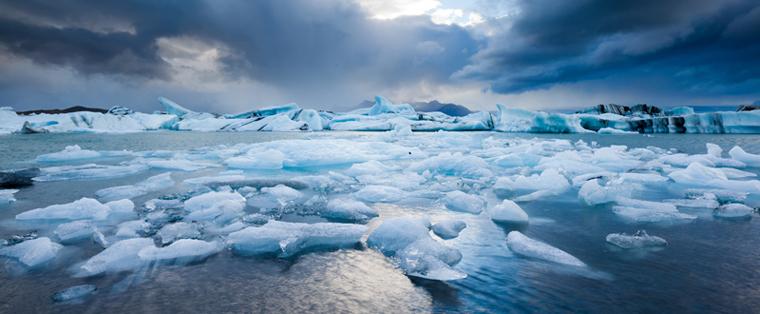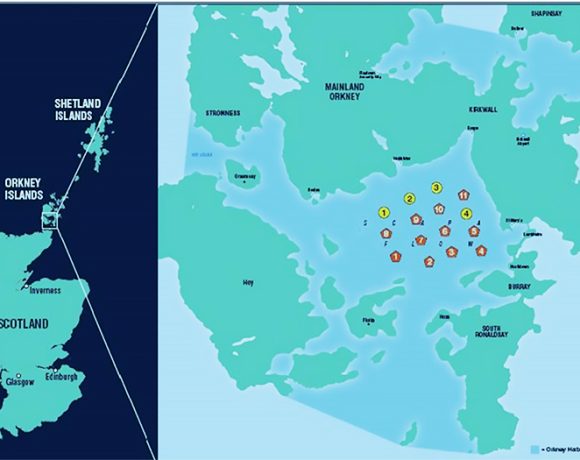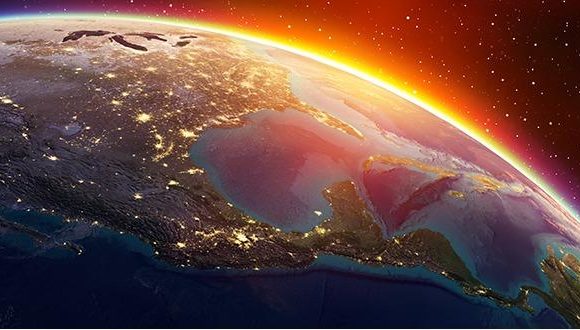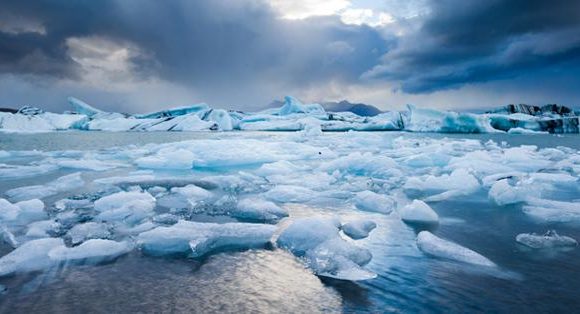How Climate Change Causes Death of Penguin Fledglings in Argentina and Antarctica

Climate change is causing extreme environmental conditions around the world and research shows the results are even more devastating for penguins in South America and Antarctica.
They’re struggling to cope, with a good number of the population already dead.
Evidence from two separate studies revealed that global warming has a direct impact on the plight of the penguins.
In Argentina, where the biggest colony of Magellanic penguins in the world is found, chicks are dead due to climate change.
Punta Tombo, home of the penguins, is experiencing extreme weather—blistering heatwaves and powerful rainstorms.
Both conditions claim birds as they hit.
Why are penguin chicks more vulnerable?
Their thin, downy coats don’t provide ample protection during a heavy downpour.
Chicks between 9 and 23 days old still lack the waterproof plumage that most fully-grown penguins have. But because they’re too big to hide under their parent’s bodies, they’re often left out under the pouring rain. This leaves them vulnerable to hypothermia.
As they struggle to survive, they’re often abandoned by their colony.
Rain also destroys the burrows that chicks live in.
When the weather becomes too hot, chicks can’t swim to cool off due to their lack of waterproofing. As their temperature-regulation systems are challenged, they can barely cope with the heat.
According to the University of Washington’s Dr. Ginger Rebstock, if climate change brings bigger and more frequent storms during the penguins’ breeding season, there will be years where only a few or no chicks will survive.
Rebstock was part of the team who studied the 400,000-strong Argentinian colony over 27 years.
Numbers don’t lie
While the study was underway, a significant chunk of the chicks’ population suffered starvation and fatalities.
- 40% were starving
- 65% died
The figures are believed to increase as weather and starvation continue to interact as global warming persists.
Another researcher from the University of Washington, Professor Dee Boersma, said that chicks that are starving “are more likely to die in a storm.”
In the past, climate change was to blame for the average 7% deaths of penguin chicks. In some years, however, it is now the leading cause of death, what with 43% of chicks dead in one year and 50% in another.
In Antarctica at Ross Island, Adelie penguins struggle to feed themselves. According to data collected on the foraging ability of chick-rearing penguins, the birds are highly dependent on sea ice that used to be available all-year-round.
Due to climate change, however, the concentration of sea ice changed and breaks into giant icebergs as it melts, preventing penguins from finding food.
Under “normal” conditions, Adelie penguins can cope, but their chances of catching prey are diminished with the appearance of giant icebergs.
As what lead researcher from the Centre d’Ecologie Fontionnelle et Evolutive in France, Dr. Amelie Lescroel, said, “It will become very hard to predict how penguin populations will buffer future sea ice changes,” following extreme events happening more frequently.
In a similar situation as the Magellanic penguins, Adélie fledglings also struggle to fend off the cold after getting soaked, what with the moisture-repelling feathers not yet fully developed. This results in penguins freezing to death as the polar wind blows.
References:















